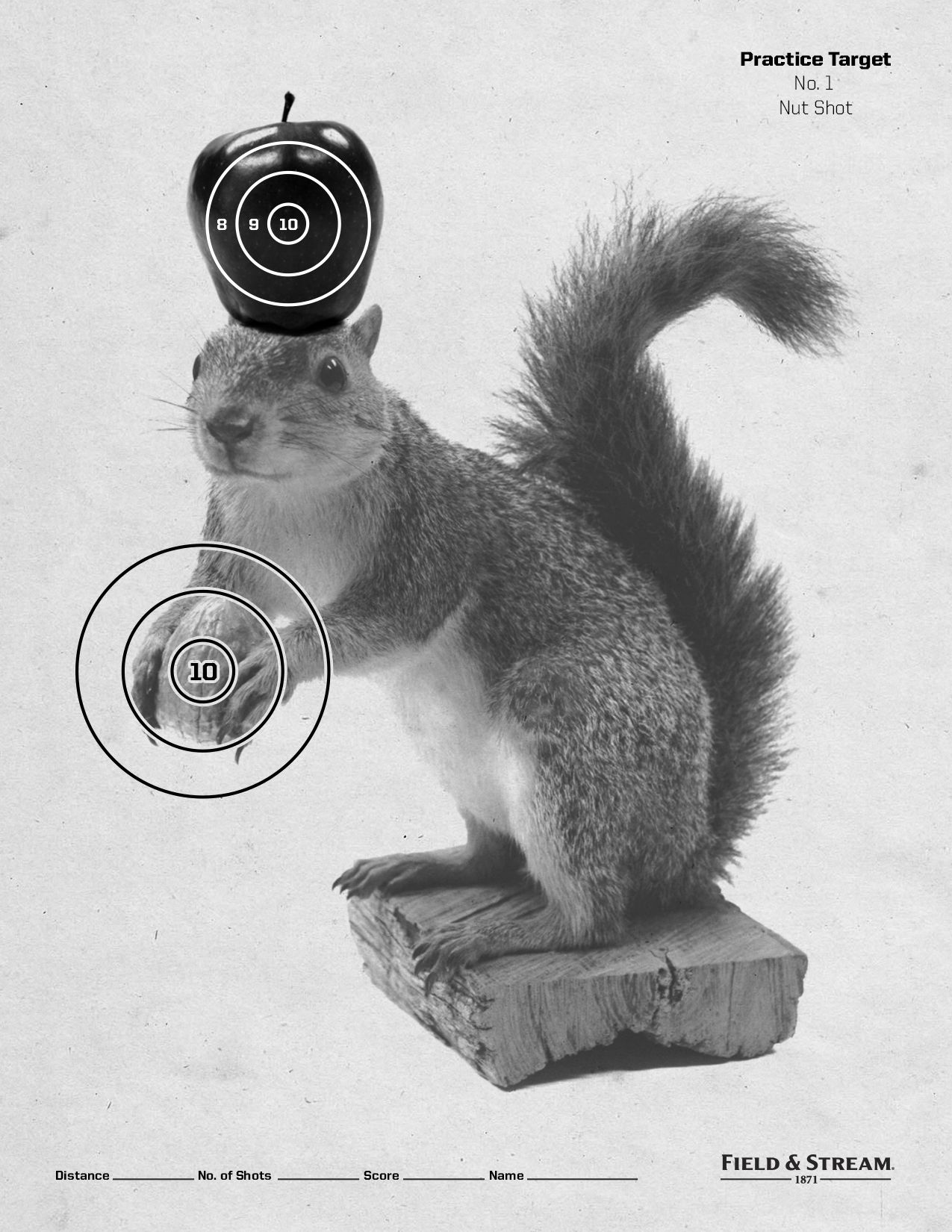Using YoY/MoM conversion rate goals as targets can backfire

Image credit: Field & Stream
A common exercise product teams do at the end of each year is goal setting and revision. We often see conversion rate goals / objectives being set like:
Increase the conversion rate from 6.7% to 7.4%
When goals measure absolute conversion rates across date ranges, like the above, teams may end up working against each other.
Consider a typical Marketing team's target
Increase new customers from 10,000 to 12,000.
Since these targets are not constrained by conversion rates, this can put other teams directly at odds with the product team's goals.
Let's play this scenario out.
Throughout the year, product steers towards improving conversion rates
Using existing traffic, you might try increasing conversion through:
- A/B testing & clarifying your value proposition
- Improving the UX of the site
- Finding & fixing problems hurting conversion

(Imagine these are your stats you're setting your conversion rate targets against)
After all your hard work, you manage to achieve:
- +10% increase in Organic conversion
- +13% increase in PPC conversion
- +100% increase in Display conversion
Not bad! With those increases you would hit your target of 7.4%! However...
Marketing is also busily-chasing its targets
They may do this by:
- Buying more traffic that fits their CPA targets
- Working on campaigns for higher CTRs and conversion rates
- Building a strong brand & more awareness in the market
Throughout the year, the site converts better allowing them to buy cheaper traffic & set let the algorithmic bidding chase ever more elusive users:
- +20% more paid search traffic
- +50% more display traffic
Why not! A well-optimised site can afford to cast a wider net...
Let's review our performance targets
Product increased conversion and marketing ramped up their traffic.

Product: Increase the conversion rate from 6.7% to 7.4%? No.
Marketing: Increase new customers from 10,000 to 12,000. Yes!
Yikes. Marketing hit their target, but product didn't?
The reverse is also true…
If marketing suddenly cuts low quality traffic, then it could appear that product magically increased conversion!
Don't bank on it, though.
Use the lifts in your A/B tests for conversion rate goals
If conversion rates are important to your business (and they should be!), you should mark success by the results from your A/B tests. Split tests are virtually immune from external influences, such as the example above.
Goal: Increase landing pages conversion rate by +10% (as demonstrated through split tests) A relative increase from a split test won't change once the test is concluded.
And while they're not perfect (e.g. consider confidence intervals on your percentage lifts and lifts may skew higher due to the "Winner's curse"), it's safer than putting your fate in others' hands.